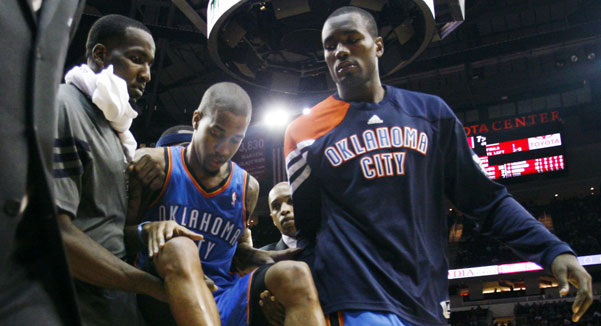
Injury Prevention for the Basketball Athlete - Warm-Up
Continue to read this article by clicking HERE.
Sleep Impacts Value In Professional Sports
Data from new research looking at the impact of daytime “sleepiness” on the careers of professional athletes was recently presented at the SLEEP 2012 conference. These data demonstrate the impact of increased daytime “sleepiness” on a players career. Essentially this research found that athletes who experienced higher levels of daytime “sleepiness” were less likely to remain with their team after they were drafted. Those athletes who had low levels of daytime “sleepiness” were more likely to remain with their team in the following years after they were drafted.
These findings have two important implications. First, it may be important to consider an athlete’s sleep habits as part of the player evaluation process when considering to draft an athlete. These findings suggest that athletes with high daytime “sleepiness” levels are more likely to not remain with that team in the coming years after being drafted, as such they are a low value. Conversely, athletes with better sleep habits and low daytime “sleepiness” levels are a higher value pick as they are more likely to remain with their team that drafted them. Second, the ability to quantify the level of “sleepiness” can be easily quantified using standard survey instruments. Thus, this is an easy assessment to incorporate into player evaluations and recovery programs to ensure they are maximizing their athletic and regeneration potential.
Continue to read this article by clicking HERE.
